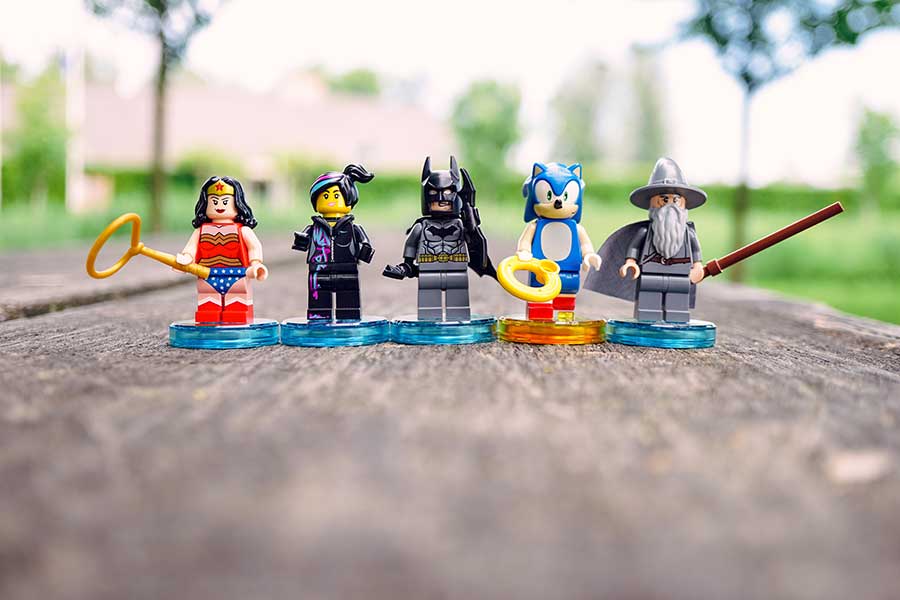Building Characters for a Story

One of the key elements in creating a captivating story is the presence of well-developed and relatable characters. Building characters that resonate with readers requires careful consideration and a thoughtful approach. In this article, we will explore essential steps and techniques to help you construct compelling characters that drive your narrative and leave a lasting impression on your audience.
- Establish Clear Goals and Motivations:
Begin by defining your character’s goals, desires, and motivations. What does the character want to achieve or obtain? What drives their actions and decisions? Understanding their core objectives will shape their behavior and guide their development throughout the story. - Develop a Detailed Backstory:
Construct a rich backstory for your character, providing insights into their past experiences, upbringing, relationships, and significant life events. This history will inform their personality, beliefs, fears, and strengths, creating a multifaceted and believable individual. - Create Strengths and Flaws:
Craft characters with a mix of strengths and flaws to make them more relatable and human. Strengths can include intelligence, courage, or unique skills, while flaws might involve insecurities, vices, or weaknesses. Balancing these traits adds depth, generates conflict, and allows for character growth. - Establish Physical Attributes and Appearance:
Consider your character’s physical attributes, including height, build, facial features, and personal style. Appearance can reflect aspects of their personality, cultural background, or social status, enhancing the visual imagery for readers. - Develop Complex Personalities:
Create characters with multi-dimensional personalities by incorporating a range of traits such as introversion/extroversion, optimism/pessimism, or confidence/insecurity. Layering these characteristics creates intriguing dynamics and internal conflicts. - Design Memorable Quirks and Habits:
Give your characters distinctive quirks, habits, or mannerisms that make them memorable. These can include gestures, speech patterns, recurring phrases, or specific interests, adding authenticity and making them stand out in readers’ minds. - Construct Relationships and Dynamics:
Develop relationships between characters that are realistic and dynamic. Consider their interactions, conflicts, and alliances, highlighting the impact these connections have on their individual growth and the overall story. - Provide Arcs and Development:
Plot character arcs that show growth, change, or transformation throughout the story. Characters should face challenges and overcome obstacles, evolving in response to their experiences, allowing readers to emotionally invest in their journey. - Use Internal Monologue and Dialogue:
Utilize internal monologue and dialogue to reveal your character’s thoughts, emotions, and inner conflicts. This gives readers insights into their motivations, fears, and desires, creating a deeper connection between the character and the audience. - Continually Refine and Evolve:
As your story progresses, allow your characters to evolve organically based on their experiences and interactions. Continuously evaluate their actions and choices to ensure consistency and authenticity, making adjustments as necessary.
Building compelling characters requires careful consideration and attention to detail. By establishing clear goals, constructing rich backstories, and creating multi-dimensional personalities, you can bring your characters to life, making them relatable and engaging for your readers. Remember that characters are the heart of your story, and their journeys will captivate and resonate with your audience long after the final page is turned.
